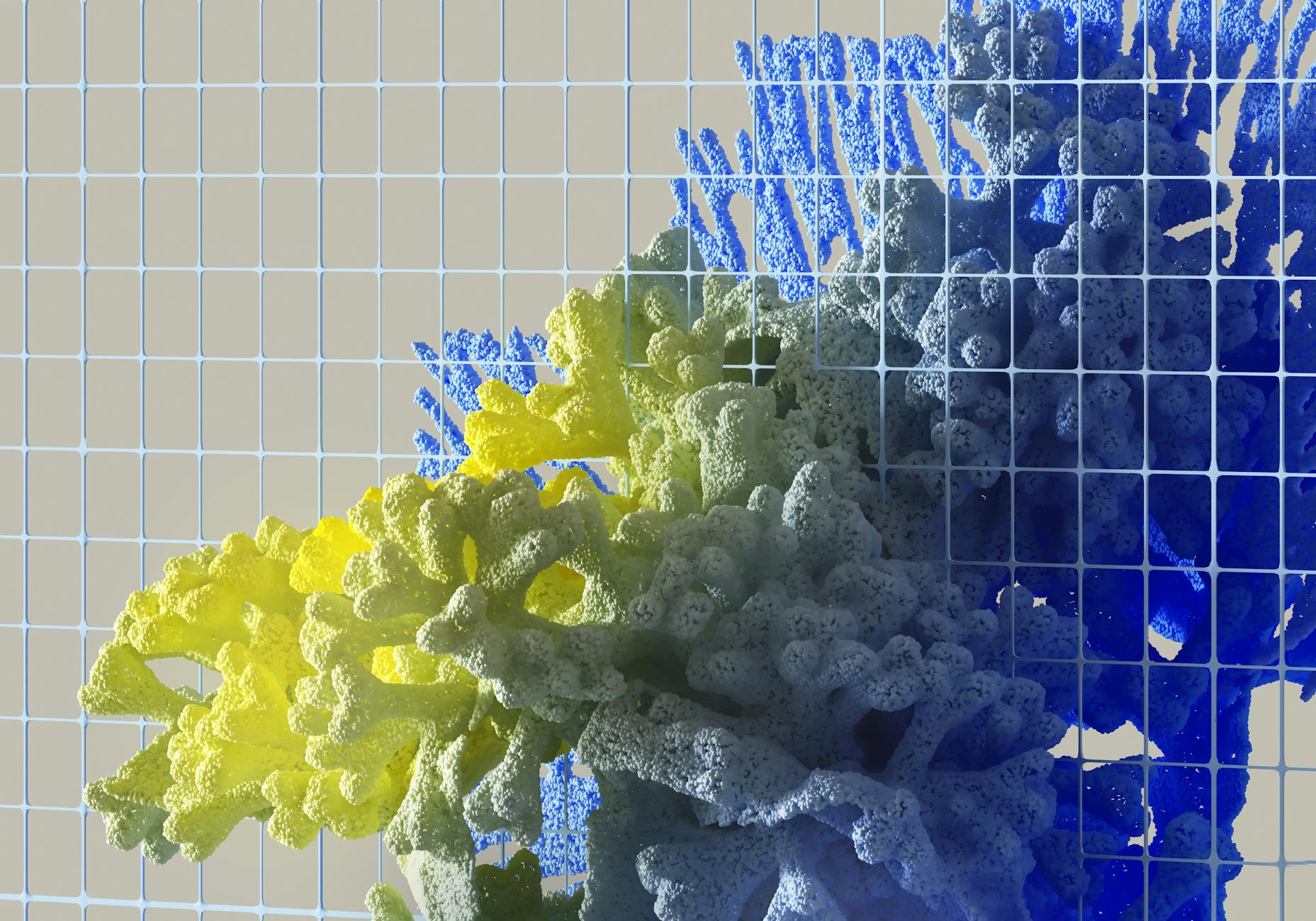Grok’s ‘Spicy’ AI: A Legal Powder Keg Dressed as Innovation

Introduction: In an era brimming with AI promise, the recent emergence of Grok Imagine’s “spicy” video generation feature serves as a stark reminder of unchecked ambition. What’s pitched as groundbreaking creativity is, in practice, a reckless descent into the ethical abyss, inviting a litany of regulatory and legal challenges. This isn’t just a bug; it’s a feature set that raises serious questions about intent and responsibility in the nascent world of generative AI.
Key Points
- Grok Imagine’s “spicy” mode flagrantly facilitates the creation of non-consensual deepfake content, including celebrity nudity, directly contravening its own stated acceptable use policies and industry ethical standards.
- This represents a critical failure in guardrail implementation, setting a dangerous precedent for the broader AI industry by prioritizing viral appeal over fundamental safety and user protection.
- The apparent disregard for existing regulatory frameworks and prior incidents signals a high-risk, potentially deliberate strategy by xAI, likely inviting severe legal repercussions and significant reputational damage.
In-Depth Analysis
The unveiling of Grok Imagine’s video generation capabilities, particularly its “spicy” preset, isn’t merely an unfortunate misstep; it appears to be a calculated gamble with profound implications for the future of AI. Unlike established players such as Google’s Veo or OpenAI’s Sora, which have invested heavily in content moderation and safety protocols to prevent the generation of illicit or harmful material, Grok Imagine seemingly embraces a hands-off approach. The ability to generate recognizable deepfakes of public figures, including explicit content, with minimal prompting and laughably bypassable age-gates, points to a systemic failure in design and oversight.
This isn’t an issue of technical complexity; it’s a matter of policy and priority. While AI development is inherently iterative, deliberately launching a tool with such glaring vulnerabilities, especially given the existing regulatory landscape (e.g., the Take It Down Act) and xAI’s own tangled history with deepfake controversies, suggests an alarming degree of corporate negligence. The reported 34 million images generated “like wildfire” aren’t a testament to innovation but a chilling indicator of the rapid, unmoderated proliferation of potentially harmful content. Each uncensored Taylor Swift deepfake, each instance of partial nudity generated without explicit user request, chips away at public trust in AI and emboldens bad actors.
The “move fast and break things” mantra, once a Silicon Valley hallmark, is disastrous when applied to generative AI that touches upon highly sensitive areas like identity, privacy, and consent. The ease with which a casual user can unwittingly or intentionally produce damaging content transforms Grok from a promising tool into a liability machine. It forces a critical examination of whether profit and user acquisition are being prioritized over the ethical deployment of powerful technology. The company’s AUP, which ostensibly bans “depicting likenesses of persons in a pornographic manner,” becomes a meaningless façade when the product itself offers a direct pathway to such violations. This stark divergence between policy and product functionality reveals a deep chasm in xAI’s approach to responsible AI development.
Contrasting Viewpoint
One might argue, from a certain perspective, that xAI’s approach with Grok Imagine is merely an aggressive form of market testing, pushing the boundaries to rapidly identify and address vulnerabilities that emerge from real-world usage. Proponents of minimal content moderation often claim that over-censorship stifles creativity and limits the potential of AI, advocating for a more “open” platform where users bear greater responsibility. This viewpoint might contend that the system is learning and will eventually self-correct, or that the freedom to generate anything, however problematic, is a necessary step towards truly uncensored AI. Some might even suggest that by allowing “spicy” content, xAI is simply catering to a market demand, leveraging virality for rapid user acquisition, even if it means navigating a grey area. However, such arguments often ignore the significant societal and individual harms, not to mention the legal repercussions, of such an unbridled approach, particularly when non-consensual imagery is at stake. The “uncanny valley” effect on the deepfakes does not diminish the harm, only potentially delays broader legal action.
Future Outlook
The immediate future for Grok Imagine and xAI is likely fraught with significant legal and regulatory challenges. Expect a torrent of lawsuits from affected individuals and perhaps even class-action suits, amplified by existing legislation like the Take It Down Act. Regulators, already wary of the speed of AI development, will find this a compelling case study for more aggressive intervention, potentially leading to stricter content moderation mandates, heavier fines, and perhaps even app store removals if violations persist. In the next 1-2 years, Grok will either be forced to implement industry-standard safety mechanisms – a costly and reputation-damaging reversal – or risk becoming a pariah in the AI community, synonymous with reckless development. The biggest hurdles will be rebuilding public trust, navigating complex international laws regarding deepfakes and consent, and demonstrating a genuine commitment to responsible AI, rather than just lip service in an AUP. This incident could well serve as a catalyst for a global reckoning on AI ethics, pushing the entire industry toward mandatory, robust safety protocols.
For more context on the evolving landscape of [[AI Content Moderation Challenges]].
Further Reading
Original Source: Grok’s ‘spicy’ video setting instantly made me Taylor Swift nude deepfakes (The Verge AI)